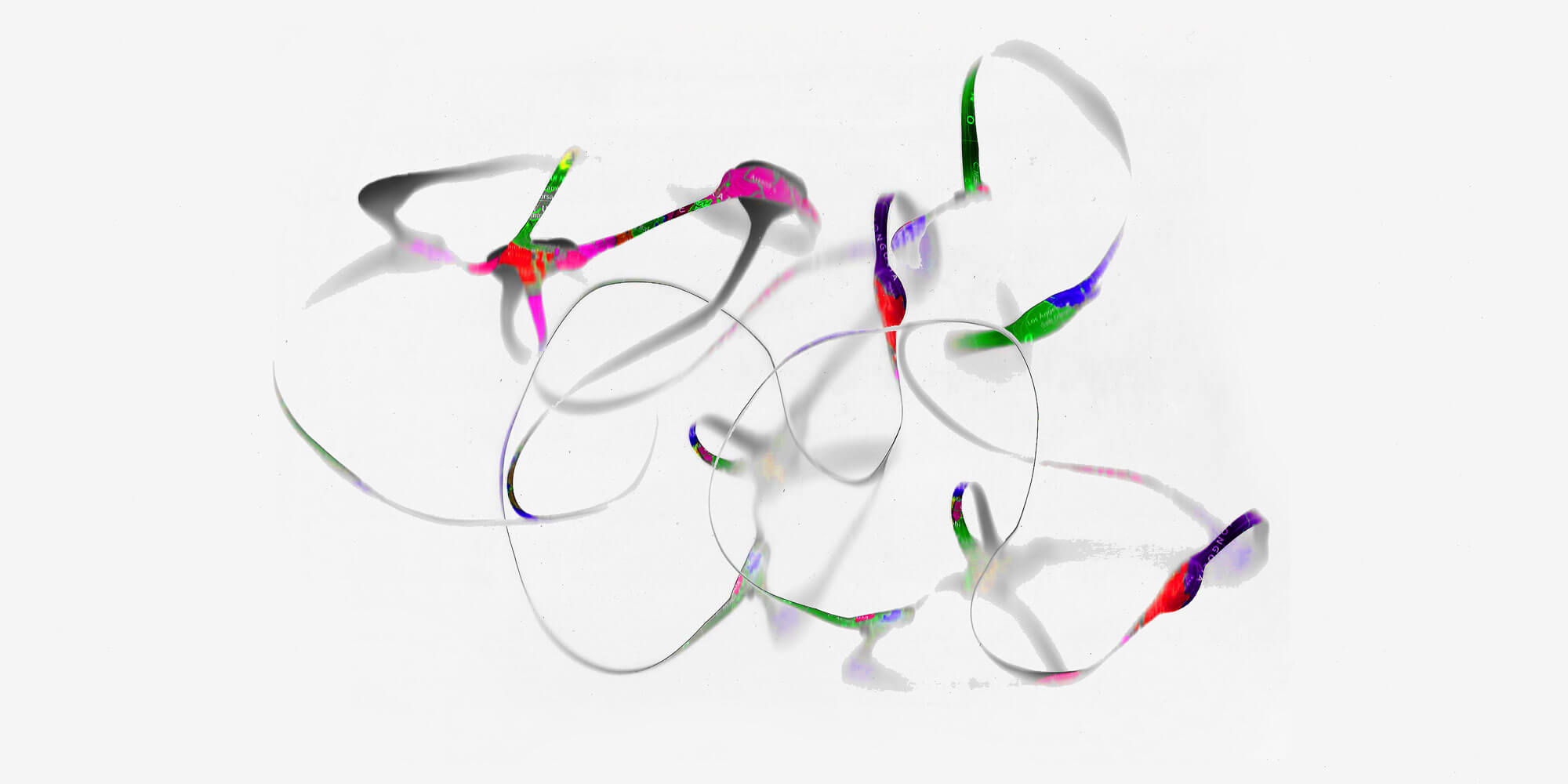“Translation is an effort in alterity, alterity of the body, breathing the music of another language the strict particularity of a voice that is speaking.” (Diana Bellesi)
Mary Louise Pratt’s text “The Traffic in Meaning: Translation, Contagion, Infiltration”, deals with several kinds of migrations of terms between contexts. Such a framework reminds us of the transpositions among art, science and technology. In post-disciplinary times, they are all entangled, and the 42 year old Ars Electronica archive is proof of that case. Such an archive is an interconnected system of texts full of translations invoking large textual corpuses located in databases. Six people from different backgrounds from Buenos Aires, Madrid and Linz — sharing common intuitions and questions as artists, curators and data scientists — constitute the Ars Semantica Garden. Through the uses of deep learning tools for the semantic analysis of texts, Ars Semantica looks for correlations and visualizations of the the Ars Electronica archive by comparing them to artistic and techno-scientific textual corpuses through time. The research deals with both the most probable transpositions of terms, as well as the less frequent concept migrations that we call “small data” events. Ars Semantica Garden looks to engage people with the emergence of non-evident or unknown insights into the Ars Electronica archive. It is located on a website that exhibits its conceptual and inspirational foundations: images, texts, reference documentation, and brief interventions by members pointing out common questions and multiple perspectives through which to approach the project.
Christl Baur (AT/DE): is a co-producer at Ars Electronica. She has a background in art history, cultural management, and natural science. She is particularly interested in the conjunction of aesthetic and social practices that center on collaboration and experimentation to challenge dominant social, political, and economic protocols. Her research encompasses topics such as video art, new media technologies, computer art, biotechnology, and interactive art.
Germán Ito (AR): was born in Buenos Aires, Argentina, 1986. He is an artist and graduate in Electronic Arts, specialized in Conceptual Design. He studied art under Fabiana Barreda and Ernesto Ballesteros. He has participated in exhibitions at Galería Arte X Arte, MUNTREF Artes Visuales, Espacio Fundación Telefónica, among others. He is currently collaborating with the artist Mariano Sardón, professor in Electronic Arts and researcher at UNTREF.
Veronika Liebl (AT): is Director of European Cooperation, Organization and Finance at Ars Electronica. She has an interdisciplinary background in non-profit and innovation management. She is in charge of cultural management and European project development at Ars Electronica, and serves as a member for the Linz City Culture Council. She is an Executive Board member of Linz – UNESCO City of Media Arts, and of the Content Innovation Council of the Frankfurt Book Fair’s program ARTS+. She is mainly engaged in programming collaborative programs with partners from the arts, science and industry.
Mariano Sardon (AR): studied Physical Sciences at the University of Buenos Aires. He obtained the ARCO/BEEP prize for Electronic Arts 2019 at ARCO Gallery Fair Madrid, and the Konex Prize 2012, given by Konex Foundation. His work strides art and neuroscience, with exhibitions at ARCO 2019, Ruth Benzacar Gallery, ArtJaws Gallery, Artissima 2017, Artericambi Gallery, 57th Biennale di Venezia 2017, Pallazzo Fortuny, Ars Electronica, Ruth Benzacar Gallery, Bryce Wolkowitz Gallery NY, 11th Bienal de La Habana 2012, Fundación PROA, Akademie der Künste Berlin, Museo de Arte Moderno de Buenos Aires, Museo de Arte Latinoamericano de Buenos Aires, etc.
Mariano Sigman (AR/ES): Mariano Sigman was born in Argentina and grew up in Barcelona, Spain. He obtained a master degree in physics at the University of Buenos Aires and a PhD in neuroscience in New York. He moved to Paris to investigate decision making, cognitive architecture and consciousness. In 2006 he founded the Integrative Neuroscience Laboratory, at the University of Buenos Aires,an interdisciplinary group integrated by physicists, psychologists, biologists, engineers, educational scientists, linguists, mathematicians, artists and computer scientists. His lab has developed an empirical and theoretical approach to decision making, with special focus on understanding the construction of confidence and subjective beliefs.
Marcos Trevisan (AR): Marcos Trevisan, Professor at the Physics Dept. at University of Buenos Aires. His research focuses on the physics and motor control of vocal production, the dynamics of language use and diffusion of information across the digital environment.
Credits
Departamento de Física. Universidad de Buenos Aires. Ars Semantica by: Christl Baur (DE), Germán Ito (AR), Veronika Liebl (AT), Mariano Sardon (AR), Mariano Sigman (AR-ES), Marcos Trevisan (AR), Acknowledgments: Andreas Pramboeck (Ars Electronica) Diego Schalom (Universidad Torcuato Di Tella)


